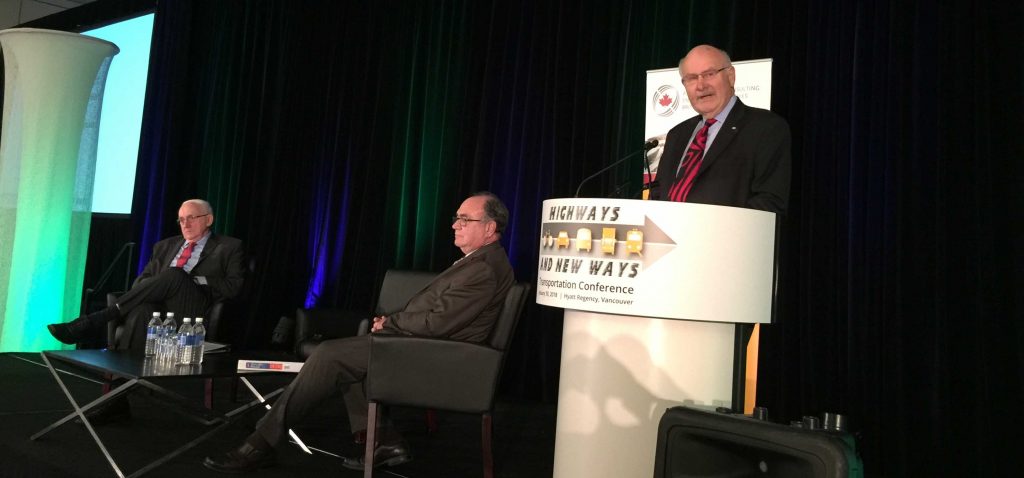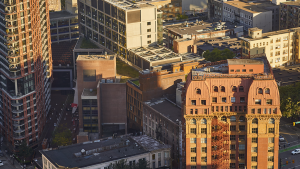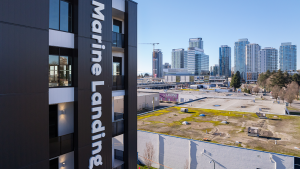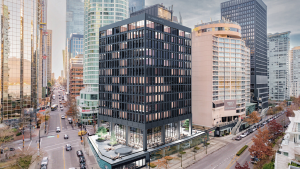A British Columbia political veteran is calling for change in how the Greater Vancouver Regional District (GVRD) tackles transportation.
Former B.C. premier Mike Harcourt was the keynote speaker at the B.C. chapter of the Association of Consulting Engineering Companies 2018 transportation conference, held on Jan. 30 in downtown Vancouver.
His speech entitled Bridges, Tunnels and Transit: two very modest proposals, focused on both the need for a dedicated bridge and tunnel authority and the importance of expansion of the GVRD’s rapid transit network.
Currently, large-scale transport and infrastructure projects impacting the GVRD involve several different municipalities as well as TransLink, the transit authority for the Lower Mainland.
One of the reasons he supports a dedicated bridge and tunnel authority, Harcourt said, is the restraints placed upon Vancouver by its geographical location.
“In effect, we’re an island, similarly constrained to Manhattan, Hong Kong or Singapore,” he said.
Another reason to better centralize bridge and tunnel decision-making, he said, is the lower than average income of many citizens of Vancouver and surrounding regions, where “the poorest travel the farthest” and real estate prices continue to climb.
Nodes of connection are also starting to shift, he said. Population in the GVRD will double in the next 40 years and in Surrey in the next 30 years. “Intellectual product anchors” such as universities and colleges are at present spread out and unconnected.
“The current situation is unsustainable, and we have four bridges that need to be replaced,” Harcourt said. “We’re tied with Los Angeles for the worst congestion in North America and that effects not only commutes but shipping and logistics.”
A central bridge and tunnel authority could unify tolling and streamline maintenance and operations.
But such an authority would have to be responsive to the BC Utilities Commission and the B.C. Ministry of Transportation and would have to issue periodic report cards, Harcourt said.
“Tariffs and tolls would be necessary to pay for this initiative and I think people here are almost ready for that,” he added.
Harcourt pointed to the proposed Millennium Line extension from Commercial Drive to Arbutus Street down the Broadway corridor as an example of a necessary expansion of the GVRD’s transportation network.
“The proposed line across Broadway would leverage and debottleneck all other rail and transport modes, would give 17 million people within 15-minutes bus access, and above ground transport could pay for below ground transport,” he explained.
Though the first phase will only go to Arbutus Street, proposed later phases would extend the line to the University of British Columbia (UBC), extending access to the university to Port Coquitlam, Port Moody and Burnaby.
“The assets anchoring the line include UBC, the British Columbia Institute of Technology, Vancouver General Hospital and Simon Fraser University. Those institutions will spin out technological startups and other assets,” said Harcourt.
He added while the Canada Line was only built eight years ago, it is already congested.
“We underbuilt the stations, so we can’t change it,” Harcourt said, but pointed out the introduction of a line across Broadway would alleviate commuter pressure.
“We have the potential to almost double ridership. Or we do nothing and that would be a tragedy.”











Recent Comments
comments for this post are closed